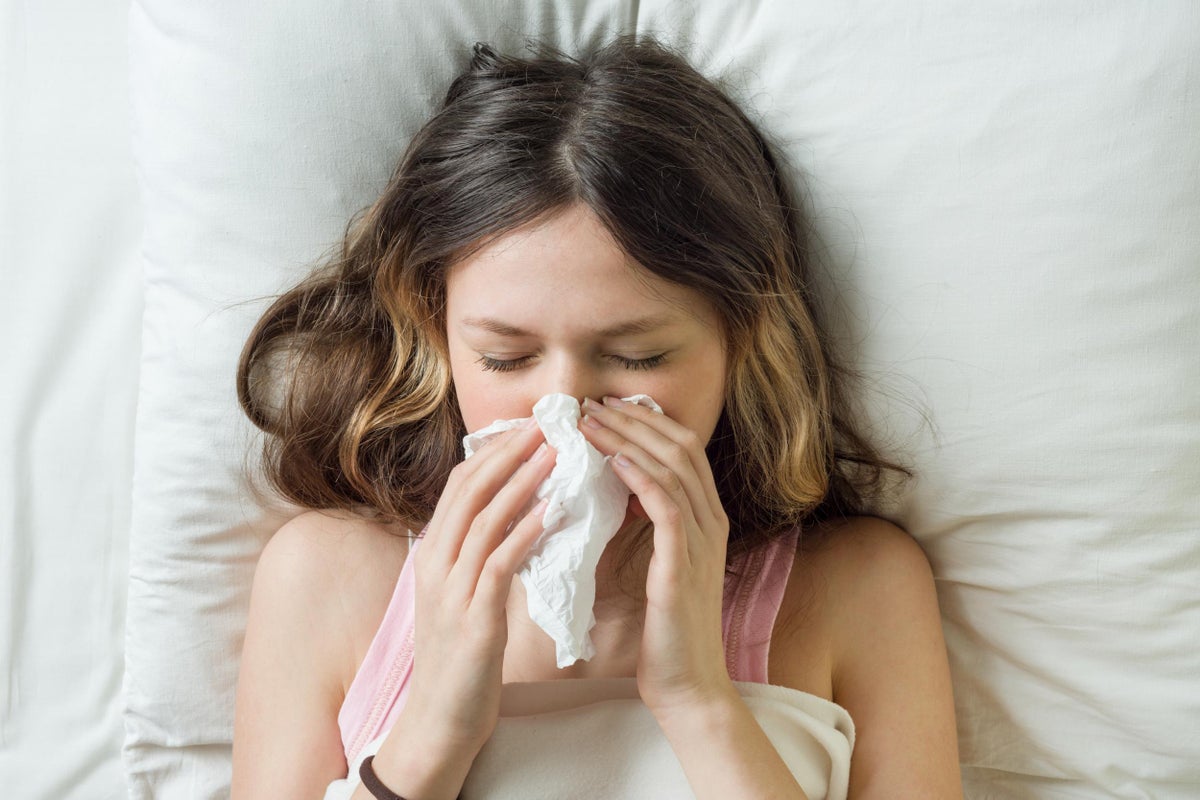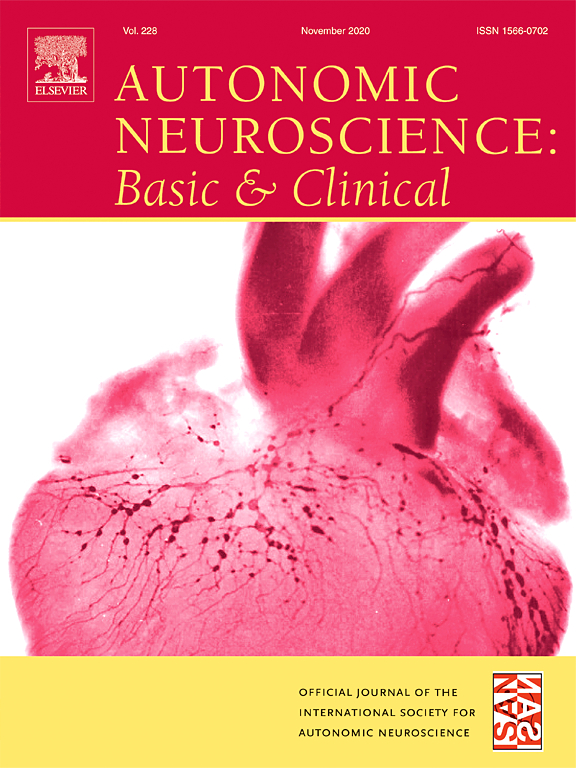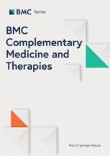
Chinese Medicine for Common Cold & Flu.
The common cold is a viral infection of the nose and throat also known as an upper respiratory tract infection (URTI). Most people recover from a common cold within 1 to 2 weeks, although for some people certain symptoms may take longer to resolve.
Although some symptoms are similar, the flu is a viral infection caused by influenza viruses. Flu symptoms range from mild to severe and complications can require hospitalisation and worsen pre-existing health issues such as asthma. The flu can be deadly for the elderly and immunocompromised which is why prevention, early diagnosis and treatment is essential.
Cold and flu symptoms may also be caused by bacterial and lung infections which can be life-threatening. If in doubt, always seek advice from your family's trusted healthcare professional.
What does the research say?
The following insights are obtained from systematic reviews and analysis of clinical trials investigating the efficacy of chinese medicine for common cold & flu.
2021 Autonomic Neuroscience: Basic and Clinical
Acupuncture, via nerve stimulation, can be a promising treatment strategy for controlling inflammation and improving organ function during sepsis by activating immune reflexes.
The study used a neuromodulation approach, leveraging the technique of peripheral nerve stimulation through acupuncture. This was linked with known somatic-autonomous-immune reflexes with the aim to control inflammation and improve organ functions in sepsis cases. The local and systematic effects of this methodology were largely achieved through the activation of several reflexes. These included the somatic-sympathetic-splenic reflex, the somatic-sympathic-adrenal reflex, the somatic-vagal-splenic reflex, and the somatic-vagal-adrenal reflex. The activation of these particular reflexes is what sets acupuncture apart from other nerve stimulation techniques.
In terms of results, the method used for immunomodulation and inflammation control showed considerable promise for sepsis treatment. The acupuncture procedure achieved regulation by activating appropriate reflexes which in turn produced a systemic effect, thereby controlling inflammation and enhancing organ function. The research findings underscore acupuncture as an effective therapy, providing significant advantages for immunomodulation in acute inflammation such as sepsis, leading to a comprehensive, evidence-based therapy recommendation.
Acupuncture modulates immunity in sepsis: Toward a science-based protocol Pan WX, Fan AY, Chen S, Alemi SF.
2018 BMC Complementary Medicine and Therapies
Ma Huang Tang may lower the duration of fever when it is used alone or in combination with neuraminidase inhibitors and may be a well-tolerated treatment.
Twelve relevant studies were identified, including two randomised controlled trials (RCTs, N = 60) and ten non-randomised studies (NRSs, N = 1110). We found that maoto plus NAIs was superior to NAIs alone in terms of the duration of fever in one RCT and four NRSs. The duration of symptoms or virus isolation did not differ between maoto and NAIs. No severe side effects or adverse reactions were reported related to maoto or NAIs.
Although we could not reach a definitive conclusion because of the small sample sizes and high risk of bias in the analysed studies, maoto may lower the duration of fever when it is used alone or in combination with NAIs and may be a well-tolerated treatment. More RCTs are needed to determine the efficacy and safety of maoto.
The use of maoto (Ma-Huang-Tang), a traditional Japanese Kampo medicine, to alleviate flu symptoms: a systematic review and meta-analysis Yoshino, T., Arita, R., Horiba, Y. et al
Consult with our practitioners for personalised care and advice.
Although well-conducted clinical research can help members of the public to make better-informed decisions about their healthcare, we cannot claim that any particular treatment may be effective for any individual person.
When you consult with our Chinese medicine practitioners, you'll receive personalised advice and treatment based on your symptoms and Chinese medicine diagnosis.
Scientific References
Browse our collection of scientific clinical research on chinese medicine for common cold & flu.
It includes recent and reputable papers published by peer-reviewed journals within the last 10 years.

2021, May 1
Acupuncture modulates immunity in sepsis: Toward a science-based protocol
Autonomic Neuroscience: Basic and Clinical International Society for Autonomic Neuroscience
Acupuncture, through activating various somatic-autonomic-immune reflexes and inducing local reflexes, shows promise as a non-invasive technique for controlling inflammation and improving organ functions in sepsis.
Pan WX, Fan AY, Chen S, Alemi SF. Full Article

2018, Mar 18
The use of maoto (Ma-Huang-Tang), a traditional Japanese Kampo medicine, to alleviate flu symptoms: a systematic review and meta-analysis
BMC Complementary Medicine and Therapies
This review highlight the effectiveness of Ma Huang Tang in relieving flu symptoms.
Yoshino, T., Arita, R., Horiba, Y. et al Full Article

“It is by virtue of the twelve channels that human life exists, that disease arises, that human beings can be treated and illness cured. The twelve channels are where beginners start and masters end.” The Classic of Acupuncture
Circa 1st Century BCE

